In past posts we’ve drawn readers to YouTube videos that showcase what it’s like when driving a Tesla on Autopilot under real-life driving conditions. To help keep you undated on the most recent improvements and changes in Autopilot performance, we will continue to add more videos for your learning and enjoyment.
That said, here is a tweet this morning from the creator of the Dirty Tesla YouTube channel that provides an excellent and critical demonstration of Tesla Vision in action as he presents the challenging question of “Can Tesla's No Radar Autopilot Drive You Home From Work?” in his Tesla Challenge #26 video.
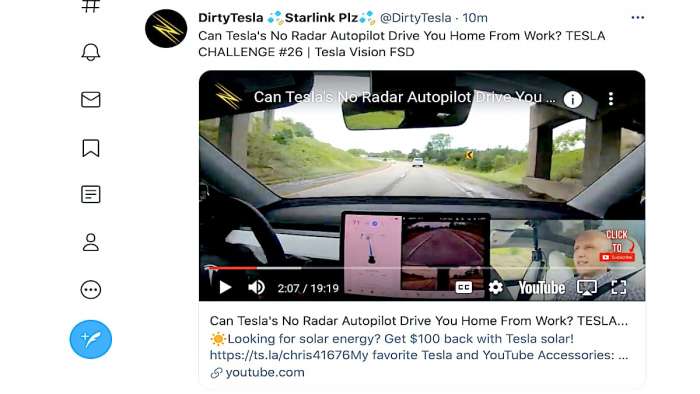
This challenge was performed under software version 2021.3.103 using the Mad Max lane change setting to see just how well Tesla Vision FSD can now operate---especially under on-ramp/off-ramp driving conditions. The point of the challenge was to see if Tesla Vision on Autopilot can really do what it was designed to do without any human intervention while behind the wheel.
Main Points to Observe From the Video
1. Autopilot controlled lane changing.
2. Less confusion over some non-standard overhead lane signage.
3. Lane signaling.
4. Possible glitch in the software or screen fluke when viewing semi-trucks.
5. How Tesla Vision as opposed to radar handles multiple in-line vehicles.
6. Lane trapping when sorting out merging vehicles.
7. Braking in response to slowing traffic ahead and merging traffic.
8. Turn-around lane avoidance/discrimination.
9. Unexplainable forward collision fluke/warning alert.
So as not to spoil your viewing experience, here is the YouTube video and find out just what was the driver’s overall impression of how the new Tesla Vision handles itself without radar.
“Can Tesla's No Radar Autopilot Drive You Home From Work? TESLA CHALLENGE #26 | Tesla Vision FSD” YouTube Video
More About Tesla Vision
For more about Tesla Vision including a few quirks, here is some recommended reading.
Timothy Boyer is Torque News Tesla and EV reporter based in Cincinnati. Experienced with early car restorations, he regularly restores older vehicles with engine modifications for improved performance. Follow Tim on Twitter at @TimBoyerWrites for daily Tesla and electric vehicle news.



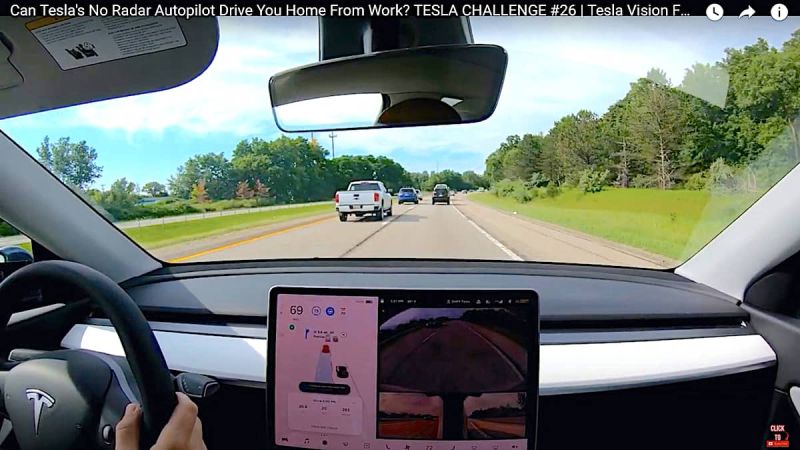




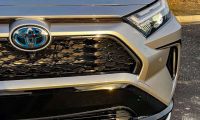
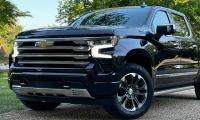
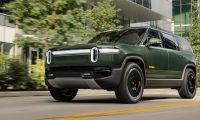
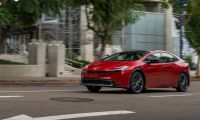

Comments
While I question Tesla's
Permalink
While I question Tesla's choice to remove RADAR from their Autopilot and FSD sensor array, I think that it is still way to early to make a call on the comparison of Tesla Vision to their previous RADAR dependent systems. Autopilot has evolved over many years and it's core design included RADAR. But Tesla Vision is less than a year old, and the full non-RADAR version of FSD has not yet been released, and is due soon. No doubt much of Tesla Vision will be based on their earlier software and test models, so I'm sure that most of the driving operations will benefit from earlier work, and shouldn't be that much different. But having only cameras available will lay open the flaws of video-only computer driving, like cameras being blocked, and extreme lighting and contrast issues. But the question is can Tesla Vision be good enough for FSD to work at the near-flawless expectations of regulators and detractors, who did not fully trust it before?
The value I see in people who
Permalink
The value I see in people who do want to make comparisons---even premature ones---is that it means someone is paying attention to what is going on with changes in tech that involves safety. Of course there will always be regulators, detractors, nay sayers and nattering nabobs of negativity on anything and everything new; however, it also forces the makers of EVs to have to answer---and be accountable for---the hard questions. Tesla FSD is an achievement and appears to work for the most part. However, the numbers of vehicles running FSD are small in comparison to all the ICE and none-FSD EVs out there. I think that an important question right now is how will FSD work in reality when the majority of traffic is FSD-driven; and later, how will those vehicles communicate with each other in cities where they may have their own non-Tesla automated EV traffic control such as is going on in Europe right now? No man (or Tesla) is an island.